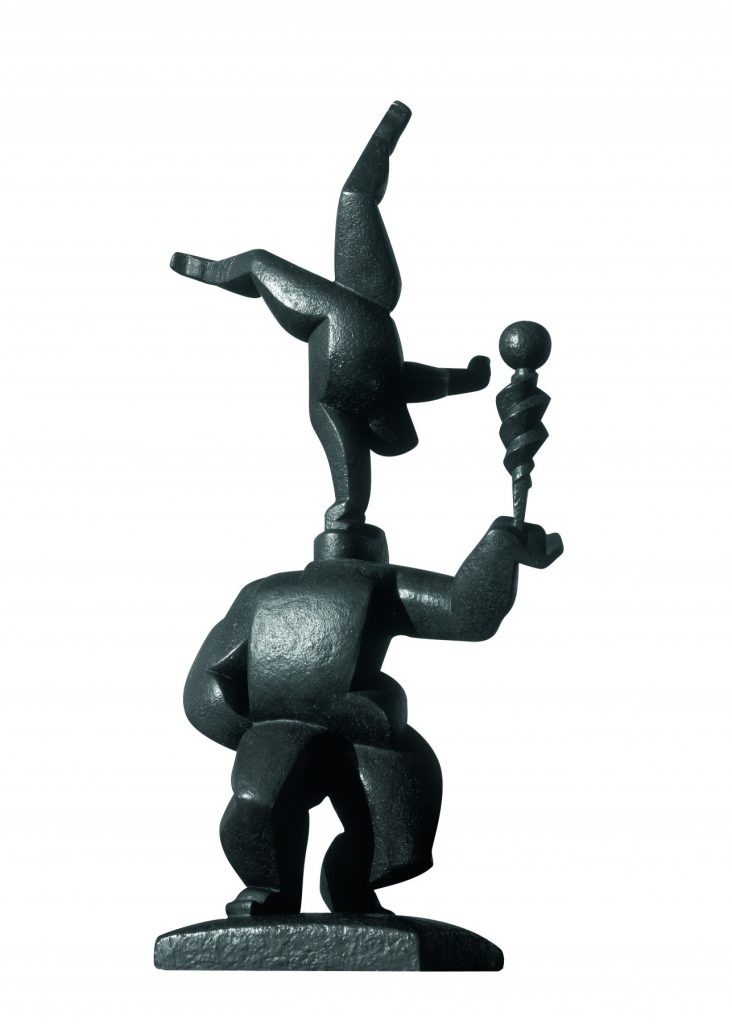From Belgium to Argentina
The first section of this exhibition is dedicated to the engraver Victor Delhez. As a young man, he made a name for himself in the art magazine Het Overzicht (the panorama in Flemish). The art critic, Michel Seuphor, was one of the founders. He and Delhez became friends. In the early 1920s, the magazine focused on geometric abstraction. So Delhez proposed creations inspired by this trend.
In 1926, Delhez went to South America. He stayed there all his life, mainly in Argentina, but also lived in Bolivia and Chile. During that time, he remained in contact with Seuphor. They sent each other letters, magazines, and works of art. Thus their relationship is an important connection between the two continents.
During the early days in Buenos Aires, Delhez could barely make a living. He stayed productive however, and his style evolved into a detailed figurative one. In the early 1930s, he received considerable acclaim, thanks to his series of 60 woodcuts inspired by Charles Baudelaire’s Flowers of Evil. Afterwards, he worked on other long series dedicated to the Bible, the Apocalypse, or architecture.
A surprising anecdote about Delhez is that when he lived in Bolivia, the local police thought he was an Argentinian spy. They suspected him of printing counterfeit money with his printing press!
Victor Delhez’s works were shown with those of the Argentine vanguard. For example, Xul Solar and Emilio Petorutti. Consequently, their works can be seen at the Mu.Zee exhibition too. These two artists were also in contact with another (almost) Belgian art lover.





















